We Offer Consulting Expertise in Dangerous Goods and Advice in the Storage and Handling
- Overview
CETEC can manage and monitor compliance against applicable Australian Standards and local legislative requirements
Are you looking for qualified and experienced dangerous goods advice?
CETEC have over 35 years of experience working with private organisations, universities and governments to ensure safe storage of dangerous goods. No matter what your needs, CETEC can provide a solution that is achievable, manageable and financially viable.
Our team of experts are capable of offering expert advice and analysis of dangerous goods risk to inform the design team and aid in risk mitigation strategies. You can trust us to bring your laboratory, hospital or plant into line with current Australian Standards requirements under WHS laws.
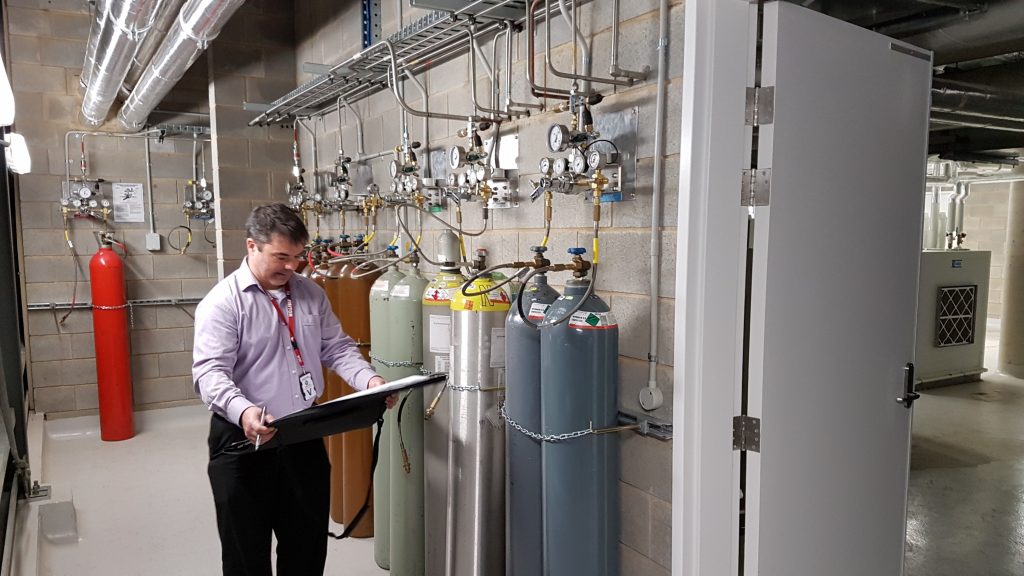


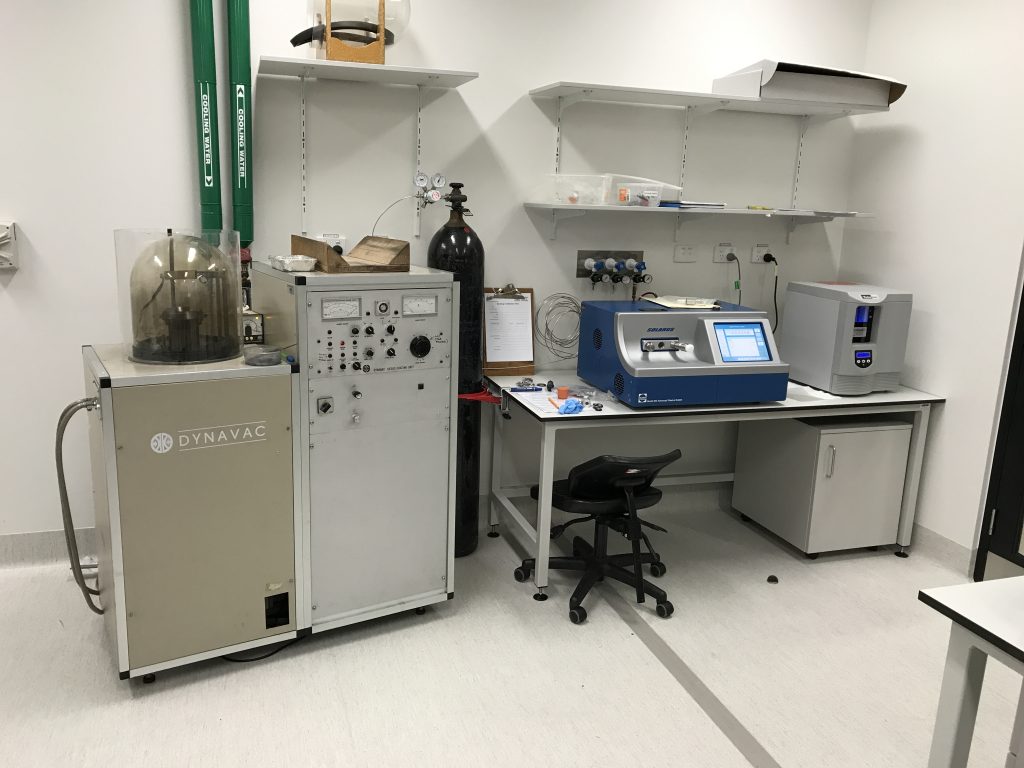

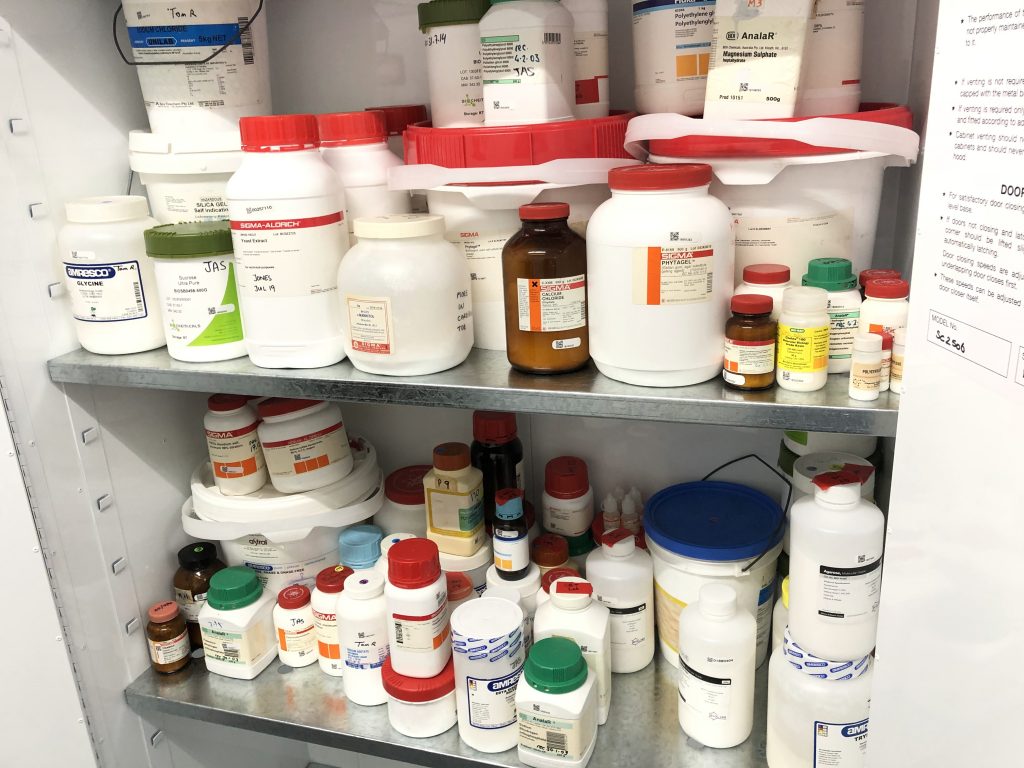

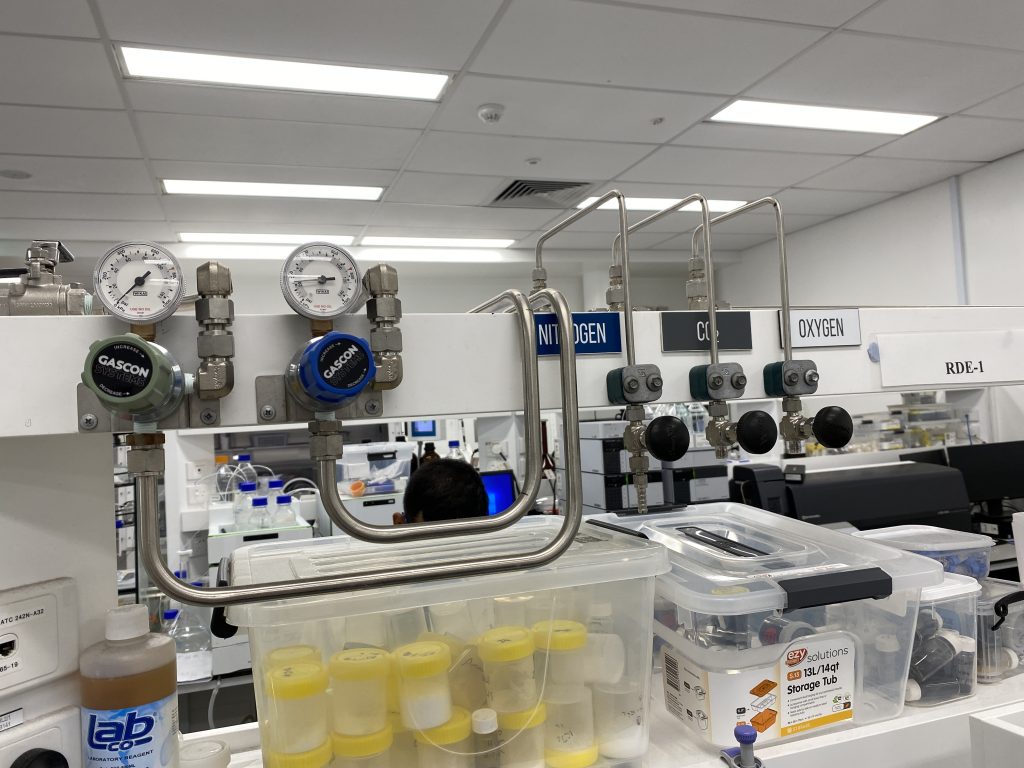

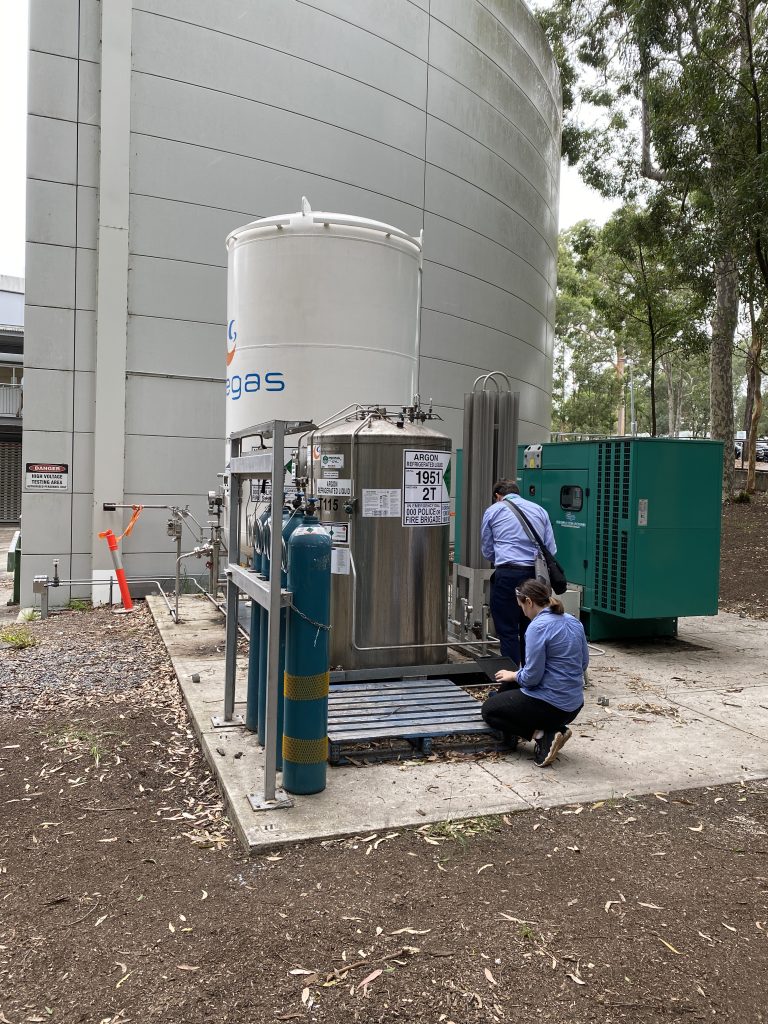
- Service Benefits
Assessment of the complex risks associated with storing dangerous goods leads to better risk outcomes
What We Audit
CETEC offers consulting expertise in the storage and handling and classification of:
Class 2 gases:
– AS 4332 The storage and handling of gases in cylinders.
– AS/NZS 1596 The storage and handling of LP Gas.
– AS/NZS 2022 Anhydrous ammonia – Storage and handling.
– AS/NZS 2927 The storage and handling of liquefied chlorine gas.
– AS 4289 Oxygen and acetylene gas reticulation systems.
– AS 2896 Medical gas systems – Installation and testing of non-flammable medical gas pipeline systems.
Class 3 liquids – AS 1940 The storage and handling of flammable and combustible liquids.
Class 4 solids – AS/NZS 5026 The storage and handling of Class 4 dangerous goods.
Class 5 oxidisers – AS 4326 The storage and handling of oxidizing agents.
Class 6 toxics – AS/NZS 4452 The storage and handling of toxic substances.
Class 8 corrosives – AS/NZS 3780 The storage and handling of corrosive substances.
Class 9 substances – AS/NZS 4681 The storage and handling of Class 9 (miscellaneous) dangerous goods and articles.
Characterisation of Flammable and/or Combustible Atmospheres against:
– AS/NZS 60079.10.1 Explosive atmospheres – Classification of areas – Explosive gas atmospheres.
– AS/NZS 60079.10.2 Explosive atmospheres Part 10.2 Classification of areas — Dust atmospheres
Key Outcomes
Improve health and safety
Identify and manage risks
Verify compliance with regulations and standards




